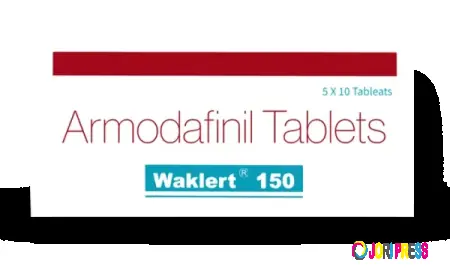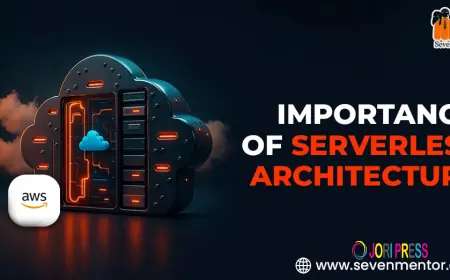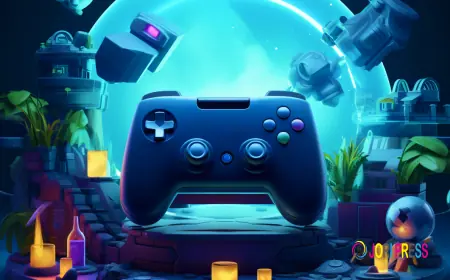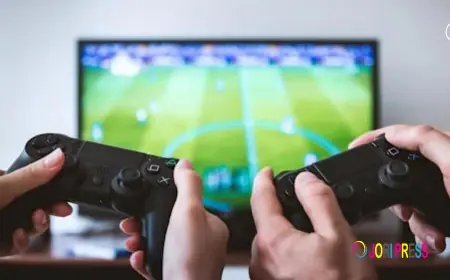Bambu Lab P1P Filament & Material Compatibility Guide
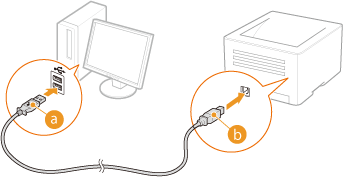
When you first set up your Bambu Lab P1P, one of the most exciting parts is experimenting with different filaments and materials. But not every filament behaves the same way. Some stick perfectly to the print bed, while others warp, shrink, or require higher temperatures.
That’s why understanding Bambu Lab P1P filament compatibility is crucial. Whether you’re a beginner just starting with PLA or an advanced user curious about carbon-fiber blends, knowing which materials your printer handles best can save you time, money, and frustration.
And while this guide is focused on the P1P, we’ll also touch on another common query many users have: how to connect HP printer to computer—because printer troubleshooting is something every maker faces at some point.
1. Overview of the Bambu Lab P1P
Before diving into filaments, let’s quickly recap what makes the Bambu Lab P1P such a popular 3D printer:
-
Build Volume: 256 x 256 x 256 mm – big enough for most projects.
-
Direct Drive Extruder: Handles flexible materials like TPU with better control.
-
Heated Bed: Crucial for preventing warping with ABS, PETG, and nylon.
-
High-Speed Printing: Designed for efficiency without sacrificing print quality.
-
Upgradable to AMS (Automatic Material System): Lets you print with multiple colors or materials seamlessly.
In short, the Bambu Lab P1P is versatile, reliable, and capable of handling a wide variety of filaments.
2. Filament Types Compatible with Bambu Lab P1P
Here’s a breakdown of the most common 3D printing filaments and how they perform on the Bambu Lab P1P.
a) PLA (Polylactic Acid)
-
Best For: Beginners, prototypes, aesthetic prints
-
Pros: Easy to print, minimal warping, eco-friendly
-
Cons: Low heat resistance, not ideal for functional parts
-
Compatibility: Excellent – the P1P handles PLA smoothly at standard temperatures (190–220°C).
b) PETG (Polyethylene Terephthalate Glycol)
-
Best For: Functional parts, water-resistant objects
-
Pros: Strong, durable, and slightly flexible
-
Cons: Can string during printing, needs higher temps
-
Compatibility: Great fit – the heated bed and direct drive extruder make PETG prints consistent.
c) ABS (Acrylonitrile Butadiene Styrene)
-
Best For: Mechanical parts, enclosures, high-strength items
-
Pros: Tough, impact-resistant, withstands higher heat
-
Cons: Warps easily without an enclosure
-
Compatibility: Good, but you’ll need an enclosure for best results (the P1P can be upgraded with panels).
d) TPU (Thermoplastic Polyurethane)
-
Best For: Flexible items like phone cases or gaskets
-
Pros: Flexible, impact-resistant, grippy texture
-
Cons: Can clog if printed too fast
-
Compatibility: Very good – the direct drive system of the P1P is well-suited for TPU.
e) Nylon
-
Best For: Industrial-grade parts, wear-resistant gears
-
Pros: Strong, lightweight, flexible
-
Cons: Sensitive to moisture, warps without an enclosure
-
Compatibility: Moderate – works, but best with upgrades and careful handling.
f) Carbon Fiber Reinforced Filaments (PLA-CF, PETG-CF, Nylon-CF)
-
Best For: High-strength applications
-
Pros: Rigid, lightweight, minimal warping
-
Cons: Abrasive to nozzles (you’ll need a hardened steel nozzle)
-
Compatibility: Excellent with proper upgrades – the P1P can handle carbon blends very well.
3. Tips for Optimizing Filament Performance on the P1P
-
Always use the right nozzle type for abrasive filaments like carbon fiber.
-
Store hygroscopic filaments (like nylon and PETG) in a dry box.
-
Fine-tune your bed temperature to reduce warping.
-
Regularly clean and calibrate your printer for consistent results.
4. Troubleshooting Filament Issues
Even with a capable machine like the Bambu Lab P1P, you may run into challenges:
-
Warping: Usually with ABS or nylon—add an enclosure and use a heated bed.
-
Stringing: Common with PETG—tweak retraction settings.
-
Under-Extrusion: May happen with TPU—slow down the print speed.
-
Clogged Nozzle: Use cleaning filaments and avoid low-quality materials.
5. How to Connect HP Printer to Computer – Quick Fix Guide
Since this site also covers traditional printers, let’s answer a question many users face: how to connect HP printer to computer.
Step 1: Wired Connection
-
Plug in your HP printer’s USB cable to your computer.
-
Wait for automatic driver installation.
-
If not installed, download drivers from HP’s official website.
Step 2: Wireless Connection
-
Go to your HP printer’s control panel.
-
Select Wireless Setup Wizard.
-
Connect to your Wi-Fi network and enter the password.
-
On your computer, add the printer from Settings > Devices > Printers & Scanners.
Step 3: HP Smart App
For quick setup, install the HP Smart App, which guides you through both wired and wireless connections.
6. Why Material Choice Matters for Your Projects
Choosing the right filament isn’t just about printability—it determines the final product’s durability, appearance, and use-case. For example:
-
PLA works great for decorative items.
-
ABS is better for functional prototypes.
-
TPU is essential for flexible parts.
-
Carbon fiber blends are unbeatable for strength-to-weight ratios.
Knowing what you want to create helps you decide which filament is best for your Bambu Lab P1P.
Conclusion: Unlocking the Full Potential of Bambu Lab P1P
The Bambu Lab P1P is one of the most versatile 3D printers on the market, and its wide filament compatibility makes it perfect for both hobbyists and professionals. From PLA to carbon-fiber reinforced materials, the P1P delivers high-quality results if you match the right filament with the right settings.
And while you explore new 3D printing projects, remember that traditional printer queries like how to connect HP printer to computer are just as common—and just as solvable.
With the right knowledge, you can get the most out of both your Bambu Lab P1P and your HP printer, ensuring smooth printing experiences across the board.
What's Your Reaction?
 Like
0
Like
0
 Dislike
0
Dislike
0
 Love
0
Love
0
 Funny
0
Funny
0
 Angry
0
Angry
0
 Sad
0
Sad
0
 Wow
0
Wow
0
































